?
This workshop will focus on the of : water, , and food. Four Simple Pillars Demonstrate the :-) Basics of . Like the legs of a table, each is necessary to support your . If a leg is missing from a table, the table wobbles until it fails.
The of can be this simple:
1. Water - buy many gallons of water from your grocery store
2. - have a portable tent you can buy
3. - make sure to have matches and firewood
4. Food - buy emergency food such as as an MRE. Here at SOS Survival Products, you can buy MRE.
Water
We tend to avoid prioritizing water and only make a symbolic effort. :-) We thought we could go buy a couple of boxes of bottled water, put it in a corner and "Yes! Finished. Don't get me wrong, it's a good start.
Not only in terms of real resources, but also in the strategic mindset or proper planning for this preparation. We must take into account reasonably foreseeable problems. Is it reasonably foreseeable that there could be an :-) interruption in our water supply? Yes, and it happens every day somewhere in the world. It doesn't just mean that the faucet doesn't work.
It could also be that the water is contaminated. Please DO NOT treat this with symbolic effort. We must understand how important water really is. The first block of this is to have a water supply stored and ready :-) to go.
You'll need to calculate your home's water needs. Ideally, you want to get a robust two-week water supply. This is something that is much better to overestimate than to underestimate. Calculate at least two liters per person in your household, per day of water.
This should go up to half a gallon per person. Based on that number, calculate your household needs for a minimum of one week, ideally two weeks, household requirements mean the people who are present and the people who are possible. In the event of a crisis, will someone come to you? You should keep them in mind and also take into account pets and livestock and the effects of animals. Calculate five liters per :-) person in your household, per day.
This should be one and a quarter gallons per person, based on that number, calculate your household needs for a minimum of one week, ideally two weeks, it is crucial that you look forward to the next stage. Maybe you need to have enough water for a longer period, or your water could be compromised. You'll want to consider your ability to collect, transport, treat and store water. You have to think: "Where else :-) could I go to get water? What can I pick it up with? How do I get it from where it is, back to me? How do I treat it to make it safe? How do I keep it? If you have collected water in a container that has not been treated, the container :-) will become contaminated.
You don't want to put your safe, treated water back into an untreated container. Make sure you have another container or system.
Sheltering
Fundamentally, your needs to protect you from :-) environmental hazards. For me, who live here in northern Scandinavia, we are heading into extreme winter: double-digit negative temperatures, consistent with heavy snowfall and strong winds.
Heating and insulation of houses and whether cladding and waterproofing are a high priority of constructions here. It has been interesting to observe the areas that have gone into lockdown due to the pandemic. The ecosystem has been interrupted because many animals were used to :-) feeding on human garbage. Rubbish bins in the back of restaurants write things.
Animals associate people with food and will take risks to approach people and access that resource. Your also needs to protect you from animals. As the system begins to shrink and pressure begins to manifest, emergency services :-) are re-prioritized. Then it will have to be your own department, your own nursery, your own school, your own pharmacy, your own hospital.
All of that infrastructure and resources you're used to accessing may not be available for some time. As the situation worsens, you must be increasingly aware of the risk and be prepared to manage it. Make sure you have smoke detectors in place, blankets, and extinguishers accessible. In addition to very young children, everyone needs :-) to know where these things are and how to use them.
If you're not there at the time, whoever is there should know how to properly suppress a before it gets out of control. You have to try to maintain family routines as much as you can. You can't survive throwing away food for a week. The important thing to consider is the ease of preparation.
Whatever you buy, imagine if you have water limitations or if the gas :-) or electricity is turned off. How easy is it to prepare it? Things that require little or no preparation should rank very, very high on your list. Usually, many of us stumble upon just thinking about gadgets and hardware. Having walkie-talkies with batteries is not enough.
Effective communication requires competence and understanding of the correct use of that equipment, and the real means to communicate your message unambiguously and clearly to the other party or parties. Hygiene is the preventive side of things. As the network softens or potentially falls down, hygiene and sanitation routines are easily compromised. If the toilets don't flush, if the water :-) doesn't run to wash your hands, it's easy to overlook those usual routines.
Lack of sanitation, lack of good hygiene practices, is likely to harm more people than a gunshot wound. If the toilet doesn't flush, but you have a lot of gray water accessible, simply pour a bucket into that toilet and that creates the flushing action. Most modern toilets are designed as a gravity feed system. If your toilet completely stopped working, do you have alternatives to that? Get sturdy garbage bags to cover the toilet and collect physical waste.
Make sure you have a suppressor to finish it off, such as cat litter. Tie it up and dispose of it safely. Outside of the 6 pillars of other skills that are likely to be needed in :-) a are land navigation and basic map reading. While other pillars, such as food, water and , sometimes take precedence, when you're in a hostile environment, the safety is more critical than the others in the 6 pillars of .
First of all, it is imperative to acquire tactical sense and understand your environment if you want to survive. One of the first things you should try to do in a is to think about how you can signal other people to help you get out of the situation you're in. It should come as no surprise, since the pillars are based on the instinct of human and tools that have been used for hundreds of :-) thousands of years. The second block of this addresses hygiene, whether in terms of flushing toilets, washing clothes or washing bodies.
Today, many experts in and emergency preparedness use the pyramid approach to prioritize . With changing times, the needed for any business need to be more aligned than ever. In a , there may be no first responders, doctors, or nurses to care for you or your family, so it will be absolutely essential that :-) you have a thorough knowledge of medical . It's up to the survivor to assess their situation and then focus on the that is most important at that time.
Starting
A signaling device is crucial in nature. Emergency personnel, bystanders, or even a passing plane can easily recognize a flash from a signal mirror or the sound of a whistle. Make sure you know how to send a signal for a faster response. While you can start a with the rudimentary methods of a hand drill or plow, it's a daunting task and the :-) chances of are limited.
Don't risk it, take 3 robust redundant lighting tools with you. Matches should be transported in an impermeable container with an O-ring seal. A striker is an excellent second item, wear it tied to a :-) string around your neck. A lighter is an excellent third item to carry.
Always supplement your 3 lighting tools with tinder and some starter aids and a candle. Everyone in nature should carry a personal first aid kit at all times. It is a fundamental :-) element that should not be left at home or in the car. Always carry enough pressure dressing with you to stop bleeding from a wound caused by the largest weapon you carry.
A lighter :-) or matchbox gives you the safest way to start a with a single stroke. There are now waterproof matches that allow you to start a even in damp conditions. You can't underestimate the importance of rope or rope in a . It's a multi-purpose item that can significantly increase your chances of doing it in nature.
Aim for the :-) 550 parachute rope, commonly known as a parachute rope. It is a rugged, resistant, lightweight and portable product. The rope will allow you to build an emergency using a tarp or a large garbage bag. In addition, it will help you hang or lift food out of reach of wild animals.
Food
Another : Food This is one of my personal favorites, because let's face it: who doesn't love eating? Your body craves it for energy, and we are blessed to be able to eat a wide range of flora and fauna :-) on this great Earth.
It is the most complicated of , since food is not easy to store, maintain and meet nutritional requirements. Still, you're most likely living off the grid or trying to survive after an event that caused a prolonged blackout. . .
There are guidelines :-) for the amount of calories you need per day for optimal performance. You may need even more food in nature, but here, quality is better than quantity. The best examples are wheatgrass, maca powder and spirulina. Also, make sure food is ready to eat or easy to prepare.
The food should be sufficient in quantity to feed him for the entire period that he will be in the open air. In addition to the food you pack, you need basic skills on how to get food from the jungle. Prepare :-) a descriptive list of all wild edible foods in advance. Any knife can be a lifesaver in the forest.
However, a knife is a structurally specialized knife for excellent performance in situations. The knife helps you clear roads, build , prepare food and hunt for food. In additiSurvival Knifeon, it is a formidable weapon of -defense if you know :-) how to handle it. Also use as an impromptu first aid component.
Look for a fixed blade knife. Its lack of moving mechanical parts gives it the durability and strength needed to be able to cut branches and twigs from larger trees. The knife must be sharp to make your :-) work easier. Suffering an injury in a is something to be well prepared for.
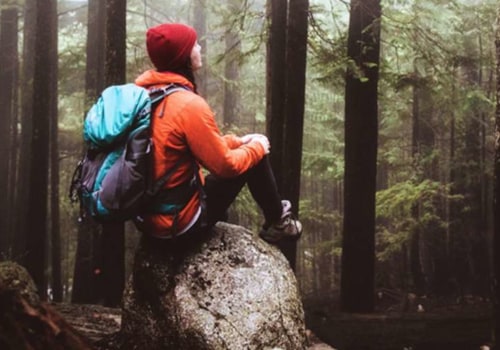
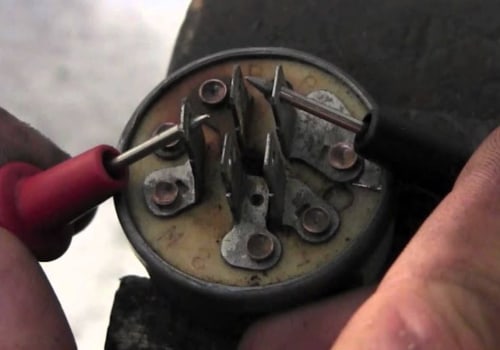
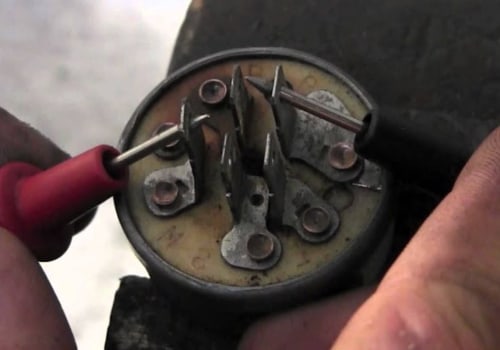
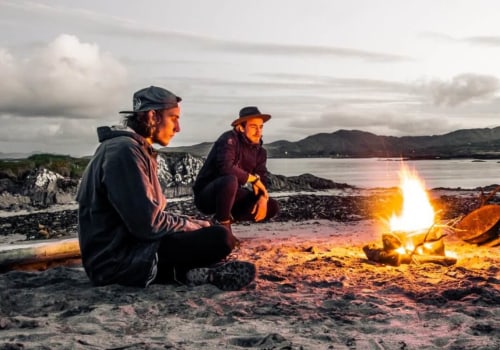

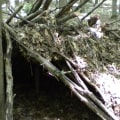

Leave Reply